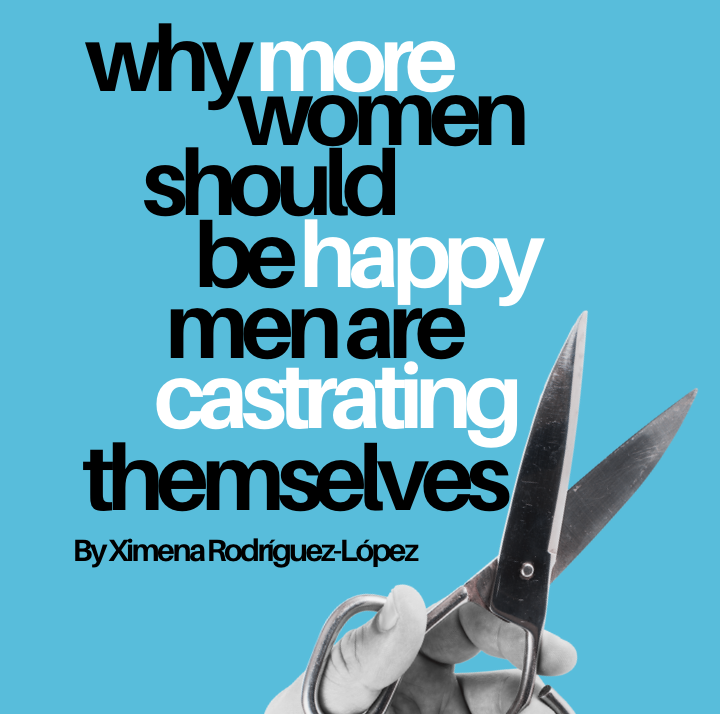Brutal Hijab Laws And Hate For Afghan Women
Afghan Women Wearing Hijab
Taliban Reinforce Hijab Mandate in Afghanistan as Female Visibility Continues to Be Criminalized
By Marsh (Edi) Baptise
Kabul, Afghanistan – The Taliban have intensified enforcement of hijab laws across Afghanistan, solidifying policies that require women to fully cover their bodies and faces in public, reviving a system of control reminiscent of their first rule in the 1990s. Under current regulations, women are instructed to wear the burqa—a full-body covering with only a mesh screen over the eyes—or, at minimum, a niqāb that leaves only the eyes exposed. Authorities have made clear that failure to comply with these rules can result in arrest, loss of employment, and legal penalties not only for the women themselves but also for their male guardians.
These dress codes are enforced under a framework the Taliban call the “Law on Enjoining Good and Forbidding Wrong,” which treats female visibility as a threat to moral order. While framed as religious modesty, these laws function as a tool of sex-based subjugation, reducing women to their biological roles and enforcing social erasure through mandatory concealment. Women who violate the decree risk being detained, publicly humiliated, or forced to appear before male-dominated councils. In more conservative areas, enforcement is particularly harsh. In several Hazara-majority neighborhoods in Kabul, dozens of women and girls have been arrested in recent months for wearing what the Taliban label as “bad hijab”—usually meaning their garments were too loose or their faces insufficiently covered.
The morality police, operating under the Ministry for the Promotion of Virtue and Prevention of Vice, have resumed patrols and random stops. Women caught without proper covering may be fined, while their fathers, brothers, or husbands are summoned for interrogation. This form of punishment extends Taliban authority into the family unit, pressuring men to discipline women on the regime’s behalf.
While some international observers report that the Taliban have reduced the frequency of these patrols in certain areas to avoid global criticism, the laws themselves remain intact and enforceable. The possibility of sudden enforcement lingers over daily life, creating an atmosphere of constant surveillance and fear. Women are not only forbidden from showing their faces but are also prohibited from raising their voices in public. Singing, shouting, or even reading aloud has been criminalized, further stripping women of their bodily autonomy and public presence.
Despite global condemnation, including reports from the United Nations warning that Afghanistan’s social and economic recovery is impossible without the reintegration of women, the Taliban have refused to soften their stance. The regime continues to present these policies as moral imperatives rooted in religious belief, though critics argue they are in fact political tools designed to reassert patriarchal dominance.
As of 2025, Afghan women face not just exclusion from education, employment, and public life, but an existential erasure of their visibility. The hijab, under Taliban rule, is no longer a cultural or religious symbol—it is a state-mandated uniform of submission. Afghan girls have been banned from attending school beyond the sixth grade, cutting off access to high school and university education. This restriction is not based on academic merit or individual choice—it is enforced solely because these students are female. Despite widespread international outcry, the Taliban continue to prevent millions of girls from learning, arguing that it is inconsistent with their interpretation of Islamic law. A number of underground schools now operate in secret, risking arrest and retaliation.
In addition to losing access to education, women have been prohibited from working in nearly all sectors, including NGOs, government offices, and many private businesses. Women are also forbidden from entering parks, gyms, and restaurants in several provinces. Movement without a male chaperone is restricted, reinforcing male control over female mobility. These laws are not neutral or random—they are deliberate measures to remove females from the public sphere entirely.
Women who have spoken out or protested have been met with surveillance, threats, imprisonment, and, in some cases, forced disappearances. The Taliban’s Ministry for the Promotion of Virtue and Prevention of Vice has reportedly detained multiple female protesters and cracked down on anyone attempting to organize resistance, even through peaceful means.
While human rights groups and foreign governments have condemned these practices, most diplomatic pressure has yielded little. The Taliban leadership has shown no interest in recognizing women’s rights or restoring even basic freedoms. Sanctions and the withholding of aid have not led to meaningful changes.
What is unfolding in Afghanistan is not about identity—it is about female biology. Women and girls are being punished not for how they identify, but for what they are: members of the female sex class. The Taliban’s rules reflect a worldview in which female bodies must be controlled, silenced, and erased from civic life. This is not gender-based discrimination; it is sex-based subjugation.
Afghan women continue to resist—some through underground schools, others through documentation, writing, and advocacy—but the danger is constant and the cost is high. With the world’s attention often elsewhere, Afghan women are confronting one of the harshest regimes of sex-based oppression in the modern era—largely alone.



Brooklyn, NY - Many Black women still hesitate to identify with feminism — not because feminism "doesn't speak to them," but because the label has been tarnished through decades of community shaming, media misrepresentation, and the sidelining of Black women's voices within mainstream feminist spaces.